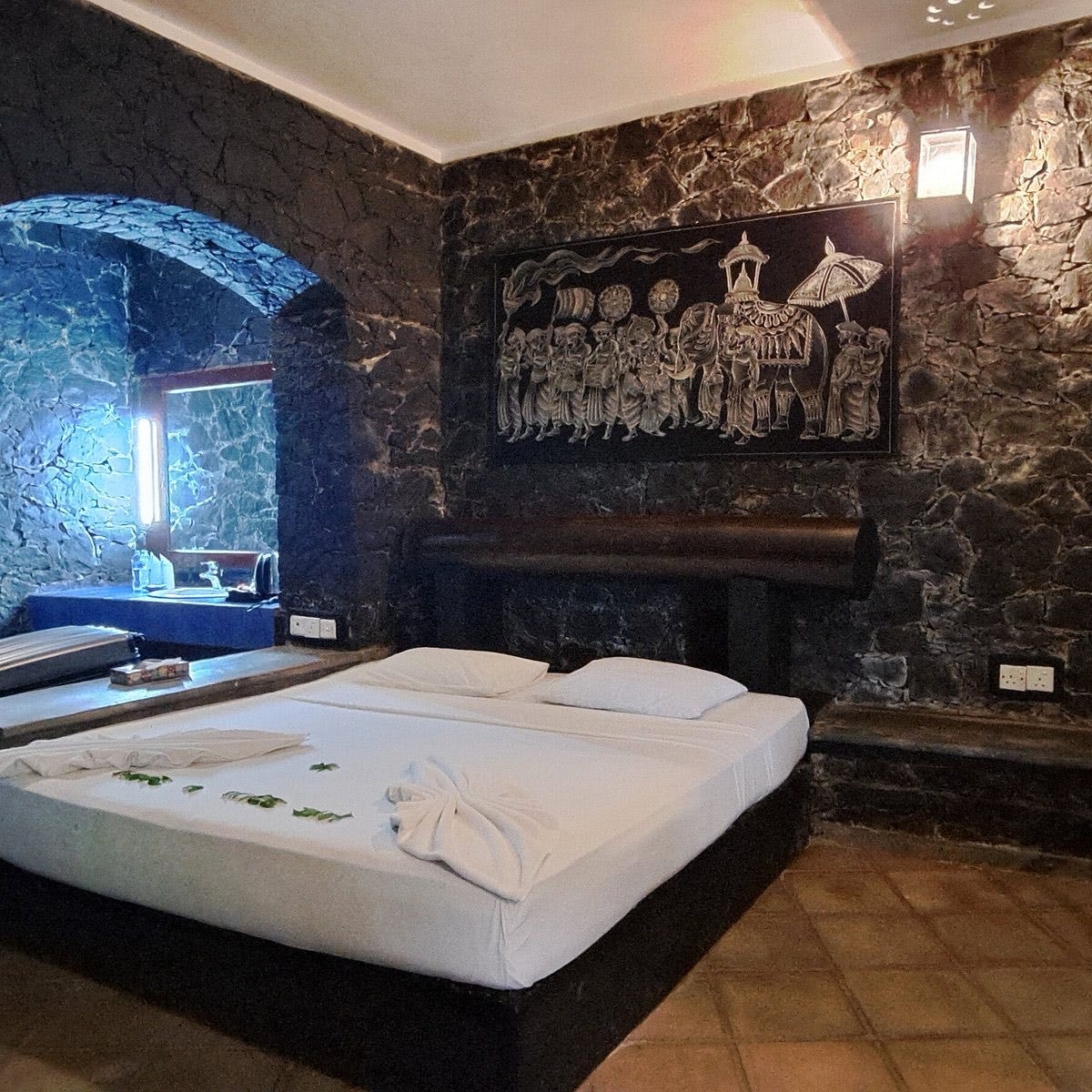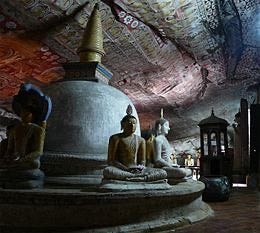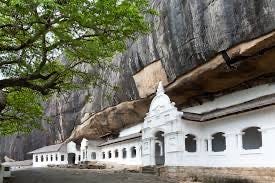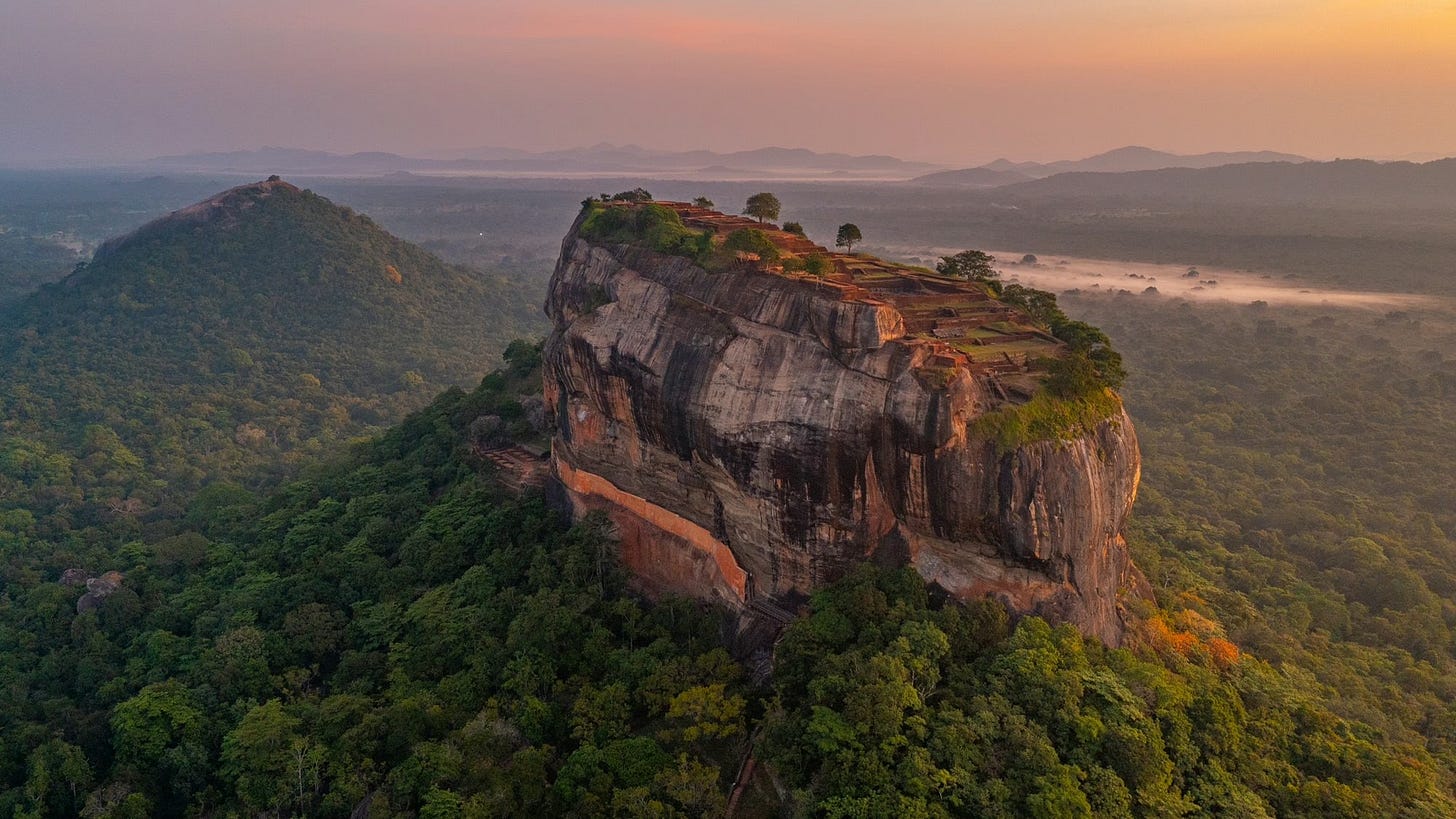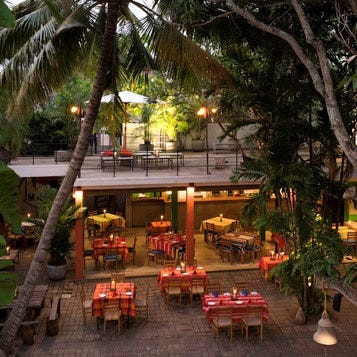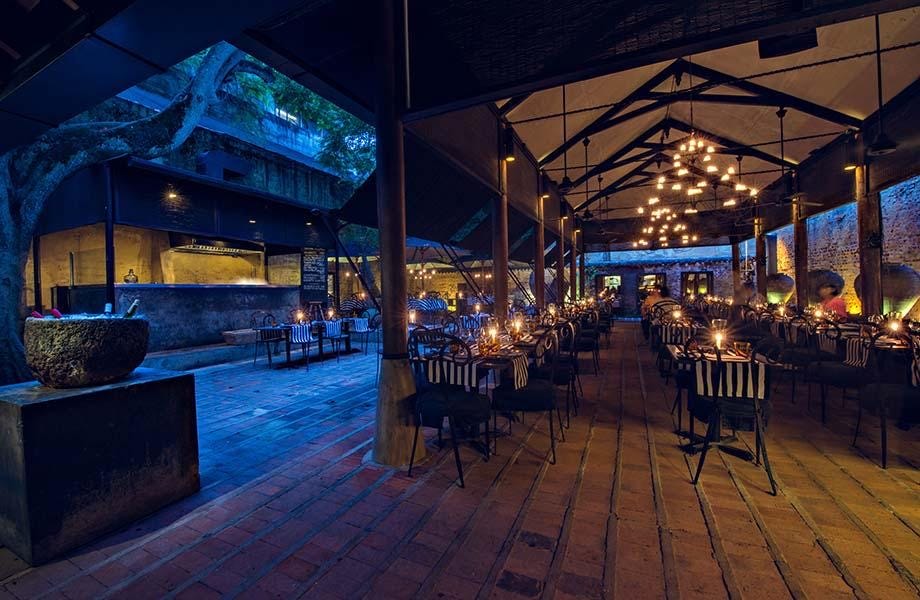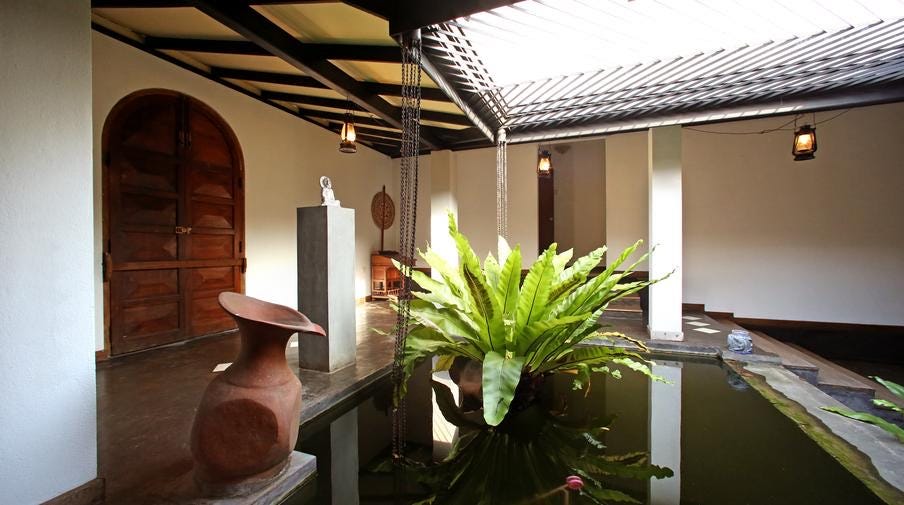EXPLORING THE TEARDROP
Often overlooked, Sri Lanka has plenty to offer whether you seek adventure or want to chillout...
(An exterior and interior look at what’s on offer at Boulder Garden, a day’s drive from Colombo in Sri Lanka).
"Look, they’re over to our left — coming towards us,” says guide Marlon Saldin (Founder, Club Adventure). And as a half-dozen elephants slowly loped our way—mother, father, and babies — Sri Lanka escalated from the wonderful to the unforgettable. We’d traveled a day and a half from the capital Colombo to reach Udawalwe National Park, and it was worth every moment. Minutes later, we hitched a ride on several elephants and slowly loped across impossibly green fields, through a forest of trees, and across shallow creeks, as our destination was a grand wooden enclosure where the elephants take shelter, rest, and eat. Their well-earned dinner was waiting.
Before our leisurely elephant transport, we’d already seen ancient temples carved into mountains, traveled past acre after acre of tea plantations, skirted the famed Singharaja rainforest, taken in breathtaking — not to mention hair-raising views in the hills — and seen and touched things that normally come in packages: coffee beans, cloves, black pepper, mangos. There was also ample evidence of how the country is gearing up for what it hopes will be many future tourists, such as new hotels carved out of rock. In short, there didn’t seem to be any limit to what Sri Lanka could offer. At one point on the journey, I spotted wild cats, pheasants, and dozens of elephants on a plain that stretched as far as the eye could see. During this moment — and admittedly several others — it was hard to believe that Hong Kong was only an eight-hour flight away. Sri Lanka is the kind of place that you want to keep a secret, yet shout about from the hills at the same time.
We arrived on “Puya” day, an event that occurs every 45 days and shuts the country down so Buddhists — 80 percent of the population — can pray. The country is filled with phenomenal, historic temples, most with unique characteristics. In Colombo, Mahinda is home to nine monks and is a major draw (Prince Charles and Hillary Clinton have both visited) for its giant gold Buddha statues and Bo tree, said to be the oldest in the world. Originally built in the sixty century BC, and destroyed on two occasions, the temple contains hundreds of Buddhas that have been donated from around the world. Some are painted, others are made of marble or gold. If you’re lucky, which we were, you might be granted an audience with the temple master.
But it is the temples dotted around the country that really astound. A couple hours drive from Colombo lies the Rangiri Dambulla Cave Temple, made up of five cave shrines. Yes, it’s in a cave, and yes, it’s a UNESCO site. There we scrambled up the monastery steps carved out of rock, followed by a band of giggling trainee monks. “Whassup?!” one squealed with glee. Inside a gravity-defying boulder are dozens of Buddha statues in various poses and frescoes dating back to 265 BC. It’s an idyllic sanctuary, situated on a hill overlooking miles of greenery.
(TOP: Elephants—they’re everywhere…and thank goodness for that. ABOVE: Sigiriya Rock ).
Sri Lanka is deceptively large, and travelling by road or rail is, for the most part, agonizingly slow. Roads were often washed out or under construction. Trains sauntered along at a leisurely pace, often far from where you need to go. The secret is to allow plenty of time between destinations. Colombo is pleasant enough, but Sri Lanka’s real attractions lie elsewhere. Far from the beach resorts are magnificent World Heritage sites, such as the 182-meter ruined fortress Sigiriya, a crown jewel of the country that’s a full day in itself if one has the time. There’s also the sacred city of Kandy, the ancient capital of Polonnaruwa, a “lost” 11th-century city rediscovered by a hunting party in the 19th century, and the colonial mountain station Nuwara Eliya, a slice of Blighty perched among the tea plantations 1,800 meters above sea level. And let’s not forget the national parks. Udawalawe was more than a full day’s journey, and Yala, even larger, is hours further to the east.
(A peek at Barefoot, a delightful arts cafe in Colombo).
If you want to take home a bit of Sri Lanka, visit Barefoot (704 Galle Road., Kollupitiya) in Colombo. Located near the ritzy Cinnamon Garden area, this garden cafe/shop was started by artist and designer Barbara Sansoni. Seemingly every arts and craft item is for sale here, including native masks, carved elephants, placemats, and fabrics. They even run up made-to-measure clothing on the premises. On the day we were there, there was a seemingly endless procession of browsers.
Odel Unlimited (Alexandra Place, Cinnamon Gardens) is a mall offering both local and Western goods at reasonable prices, and popular with Sri Lankan residents, although there was little out of the ordinary. More interesting is Majestic City (Galle Road), which offers ayurvedic goods, food items, and electronics. Those looking for good jewelry deals or a reasonably priced ayurvedic day spa at which to unwind can also find those here. At one jewelry store, the owner even offered “a terrific grab bag of jewels you’ll be happy with” for US$500.
(The main dining room in Colombo’s stunning Gallery Cafe.)
It’s no secret that Sri Lanka offers a wide variety of food. The local cuisine is similar to southern India’s although some dishes are spicier — others blander. (There are, of course, international fast-food outlets should you feel so inclined). In Colombo, locals rate the “royal” Sri Lankan fare at Raja Bojun (Ceylinco Seylan Towers, Galle Road) and the North Indian dishes at Mango Tree (82 Dharmapala Mawatha), as well as the aforementioned Barefoot Cafe. But no visit to Colombo is complete without a trip to the Gallery Cafe (Alfred House Road), designed by the country’s famed late architect Geoffrey Bawa. It’s a tasteful oasis, famous for its desserts, with a quaint gift shop for after-lunch browsing.
Of course, at some point, you’ll be looking for a place to rest that weary head. In Colombo, the Ceylon Continental (48 Janadhipathi Mawatha) and the Colombo Hilton (2 Chittampalam A, Gardiner Mawatha) offer all the usual five-star amenities, while the shabby-chic Galle Face (2 Kollupitiya Road) on the waterfront oozes charm, faded grandeur and somewhat dubious rooms — one wing was even closed for over two decades. But for truly unique lodging experiences, it’s best to travel outside the city. Close to the airport, the Negombo area has a growing group of relaxing beach hotels that cater to tourists, and for those who have the budget, it’s worth traveling upcountry for a couple hours to Hideaway (15 Skelton Road, Colombo 5, 94 (0) 112-599-900). There, Suren Desilva has transformed the family land into a private oasis. “Once people check-in, it’s their world. We won’t disturb them in any way,” he proudly says. With a full-time staff of seven, every need is catered for in the confines of the home, which has private bedrooms complete with luxurious outdoor bathrooms. Once one enters, you never have to see anybody else — especially as it’s located in the middle of the jungle. Best for couples, Desilva does admit that singletons may go a bit stir-crazy.
Those looking for something truly off the beaten path, however, can do no better than staying at the Boulder Garden (www.bouldergarden.com) in the remote area of Kalawana, within driving distance of the Sinjaraja Forest. Eight of the 10 rooms are suites, complete with jacuzzi. But the most amazing aspect is that the entire venue — the rooms, and the outdoor Grotto restaurant — are carved out of a massive boulder. It’s truly breathtaking, even if one has the occasional feeling while dining that the rock is going to choose that moment to roll over and crush you.
Cautions
In terms of safety, a ceasefire with the Tamil Tigers has held for well over a decade now, and regardless, are largely to the north. Locals say there is no danger, and the country is safe, though there are periodic hotspots where warnings about terrorist incidents need to be heeded. When I was there, there were no incidents, though there were anecdotes about isolated mishaps that occurred from time to time in Colombo.
It’s also best to plan around the so-called “Puya” day, which really does shut the country down. Short-term visitors might also want to consider hiring a full-time driver/guide who can navigate cities and destinations. While Colombo is thoroughly modern and English is widely spoken, much of the countryside has two-way roads that are only wide enough for one — and they’re often gravelly, muddy, or both. A native-speaking driver familiar with the terrain would help avoid potential hassles.
Another word of advice is to change money before arriving. With the exception of five-star hotels, it’s difficult to change money there. Another recommendation is to bring malaria tablets and bug spray as mosquitos are prevalent in the countryside. Women are advised not to travel alone. Otherwise, grab your passport and guidebooks and you’re set.




